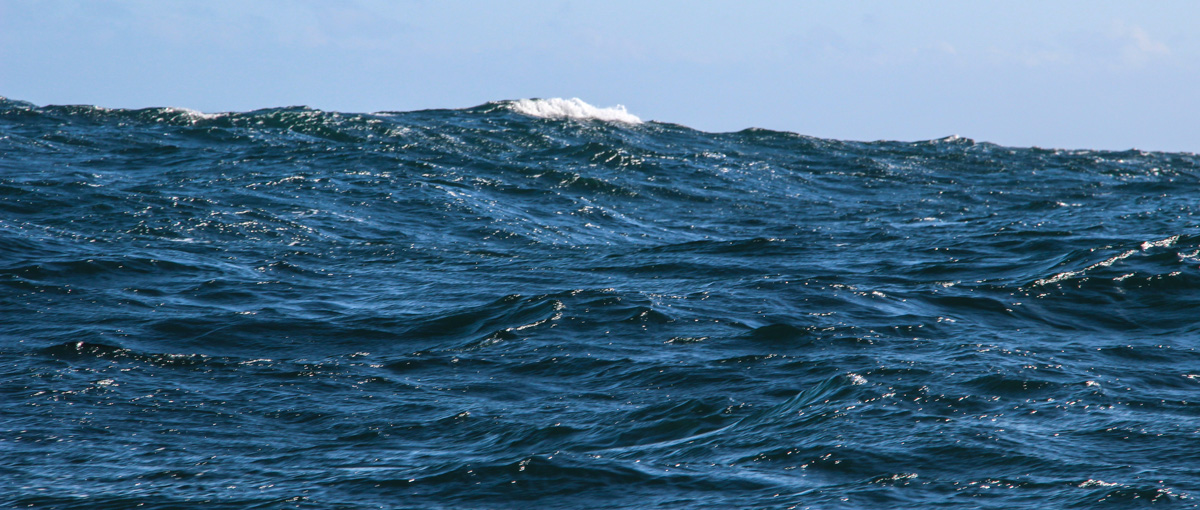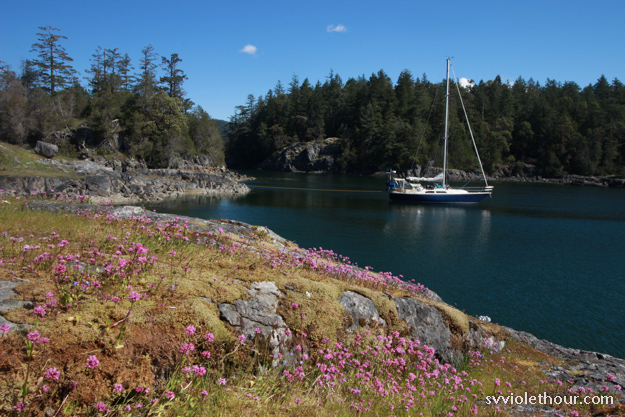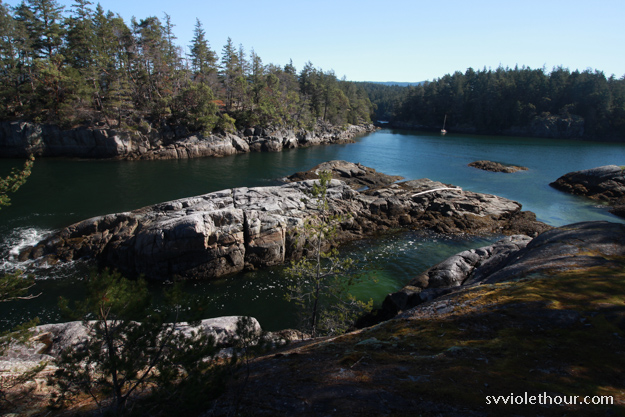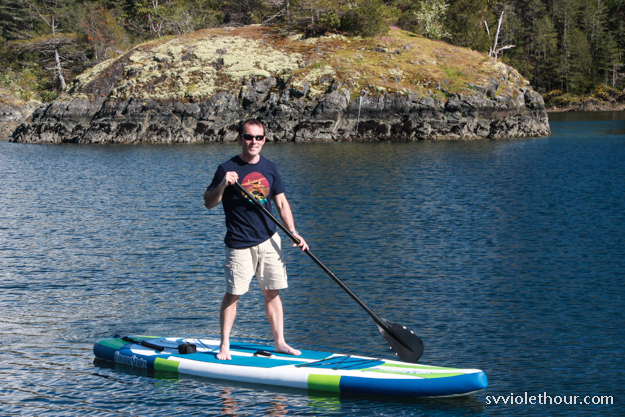That sinking feeling you get when you know something is probably wrong but don’t want to admit it yet hit me as I peered into the stern compartment at the autopilot shelf. We were at anchor in Friday Harbor, and I was doing a routine inspection of our new autopilot system now that we had put it through some rigorous testing.
Sometimes with boats there’s a temptation to stick your head in the sand and ignore possible problems, or not proactively inspect things because you’re afraid of finding a problem. Ignorance is bliss as they say. But this is something I always try to avoid. Ignoring a problem doesn’t make it go away, and with boats it usually will come back to bite you.
On this inspection of our fiberglassed plywood autopilot shelf I saw a small chip or crack in the top layer of ply, which hadn’t been there before. There was no indication the shelf had moved, but it certainly warranted further inspection. For a few hours I agonized over what it would mean if the shelf were failing. I had put a ton of work into researching and installing the autopilot system the best way I knew how, and yet somehow all that due diligence still wasn’t good enough. If this were a real issue it’d mean I’d failed at one of the most important parts of the project.

I knew if I had to rip the shelf out and rebuild it, it’d be undoing the work already done and doing double that to grind it out and build a new, stronger one. But it’s the right thing to do. The autopilot drive puts up to 650 pounds of thrust on this attachment point, and we want to make sure it’s something we can have complete confidence in.
[This is part 3 in a three part series. You can read more about the autopilot install in part 1 and part 2.]









